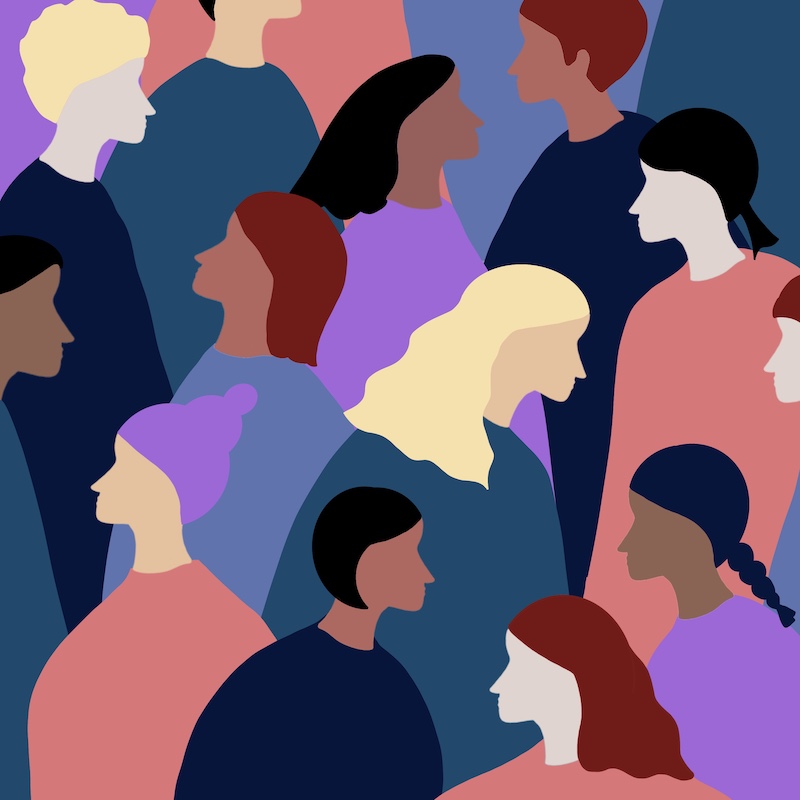What is
Neurodiversity?
“[N]eurodiversity is the idea that neurological differences like autism and ADHD are the result of normal, natural variation in the human genome.”
-John Elder Robison, scholar in residence at William & Mary’s Neurodiversity Initiative
Neurodiversity
and
Employment
The Opportunity Gap
The un- and underemployment rates for individuals with autism are estimated to be between 85 to 90 percent. The number of people affected becomes much greater when we include other conditions also described as neurominorities, such as ADHD, dyslexia, and social anxiety disorder. Traditional hiring practices such as job interviews can make the hiring processes difficult for some individuals who are part of neurominorities, limiting career successes for some regardless of their qualifications and ability to do the work. Consequently, many individuals in neurominorities too often miss out on the financial well-being, self-esteem, and the sense of independence that arises from gainful employment. And, of course, organizations and societies lose the benefit of their often-considerable talents.
Our Objective
By analyzing the approaches of different organizations with Neurodiversity Employment Programs, the Neurodiversity Employment Research Project aims to identify best practices for such programs. Our goal is to create best practices based on the experiences of organizations and individuals that will result in the expansion of these types of initiatives across industries and geographies. Our belief is that by providing more - and better - opportunities to people who have been excluded in the past, organizations can contribute not just to individual well-being but also to progression and innovation, ultimately helping to confront the world’s greatest challenges.
Tapping into Talent
Why neurodiversity is an important consideration for employers and their hiring practices.

The Skill Shortage
In the advent of rapidly evolving technologies and innovation, companies go without needed talent in key areas, like cybersecurity and business analytics. Many of these talents exist and are available within the neurodiverse community, but without actively considering them, talent is left on the table.
The Emerging Landscape
In the last eight years, companies like SAP, Microsoft, TD Bank, EY and JP Morgan Chase have established neurodiversity employment programs. Programs are also growing in smaller and regional firms, in both non-profit and for-profit spaces. The diversity of program size, model, and design presents an opportunity to study the unique approaches used within companies to identify the best employment practices for each specific context.
The Dandelion: Weed or Herb?
Many of us view the dandelion as a weed - something to be rooted out of our lawns and flower beds. What a lot of people don't realize is that when cultivated, the dandelion is a very valuable plant, known for its nutritional, healing, and medicinal qualities.
